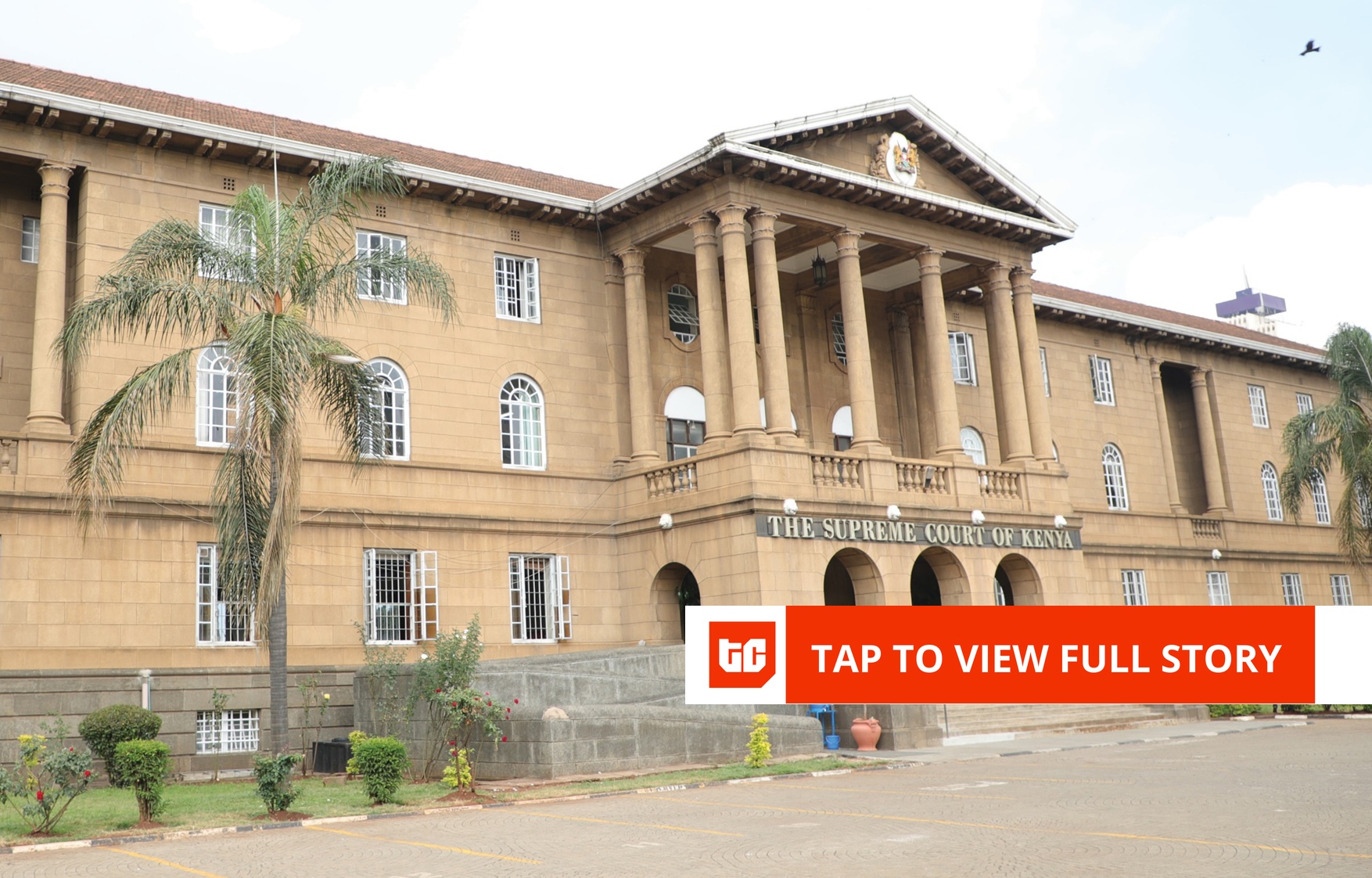Table of Links
Abstract and 1 Introduction
2 COCOGEN: Representing Commonsense structures with code and 2.1 Converting (T,G) into Python code
2.2 Few-shot prompting for generating G
3 Evaluation and 3.1 Experimental setup
3.2 Script generation: PROSCRIPT
3.3 Entity state tracking: PROPARA
3.4 Argument graph generation: EXPLAGRAPHS
4 Analysis
5 Related work
6 Conclusion, Acknowledgments, Limitations, and References
A Few-shot models size estimates
B Dynamic prompt Creation
C Human Evaluation
D Dataset statistics
E Sample outputs
F Prompts
G Designing Python class for a structured task
H Impact of Model size
I Variation in prompts
6 Conclusion
We present the first work to employ large language models of code for structured commonsense generation. By converting the output commonsense structures to Python code, COCOGEN provides a simple and effective method for leveraging the code-generation abilities of Code-LLMs for structured generation. These results open a promising direction for structural commonsense reasoning. We believe that the principles and the methods presented in this paper are applicable to additional NLP tasks that require “language understanding” and structured prediction.
Acknowledgments
We thank Kaixin Ma, Keisuke Sakaguchi and Niket Tandon for thoughtful discussion and helping with PROSCRIPT datasets and the anonymous reviewers for valuable feedback. This material is partly based on research sponsored in part by the Air Force Research Laboratory under agreement number FA8750-19-2-0200. The U.S. Government is authorized to reproduce and distribute reprints for Governmental purposes notwithstanding any copyright notation thereon. The views and conclusions contained herein are those of the authors and should not be interpreted as necessarily representing the official policies or endorsements, either expressed or implied, of the Air Force Research Laboratory or the U.S. Government. This project was also partially supported by a gift from AWS AI.
Limitations
Some experiments in this work are performed with language models that are not open-sourced, namely DAVINCI, CURIE, and CODEX. Existing documentation (Brown et al., 2020; Chen et al., 2021b) does not fully describe the details of these models, such as the pretraining corpus, model size, and model biases. Therefore, we can only provide educational guesses on these details (analysis in Appendix A). In addition, even though CODEX is free to use for research as of June 2022, we are unsure whether the research community will continue to have free access in the future. Nonetheless, we release our code and model outputs to ensure the reproducibility of our work. Furthermore, in cases where the models we experiment with reveal any issue, the publicly available code will allow future investigations.
Another limitation of our work is that we exclusively experiment with datasets in English. Exploring the efficacy of structured generation methods in cross-lingual settings is an interesting and important future work.
References
Zeina Abu-Aisheh, Romain Raveaux, Jean-Yves Ramel, and Patrick Martineau. 2015. An exact graph edit distance algorithm for solving pattern recognition problems. In An exact graph edit distance algorithm for solving pattern recognition problems.
Jacob Austin, Augustus Odena, Maxwell Nye, Maarten Bosma, Henryk Michalewski, David Dohan, Ellen Jiang, Carrie Cai, Michael Terry, Quoc Le, et al. 2021. Program synthesis with large language models. arXiv preprint arXiv:2108.07732.
Tom B. Brown, Benjamin Mann, Nick Ryder, Melanie Subbiah, Jared Kaplan, Prafulla Dhariwal, Arvind Neelakantan, Pranav Shyam, Girish Sastry, Amanda Askell, Sandhini Agarwal, Ariel Herbert-Voss, Gretchen Krueger, Tom Henighan, Rewon Child, Aditya Ramesh, Daniel M. Ziegler, Jeffrey Wu, Clemens Winter, Christopher Hesse, Mark Chen, Eric Sigler, Mateusz Litwin, Scott Gray, Benjamin Chess, Jack Clark, Christopher Berner, Sam McCandlish, Alec Radford, Ilya Sutskever, and Dario Amodei. 2020. Language models are few-shot learners. In Advances in Neural Information Processing Systems 33: Annual Conference on Neural Information Processing Systems 2020, NeurIPS 2020, December 6-12, 2020, virtual.
Mark Chen, Jerry Tworek, Heewoo Jun, Qiming Yuan, Henrique Ponde de Oliveira Pinto, Jared Kaplan, Harri Edwards, Yuri Burda, Nicholas Joseph, Greg Brockman, Alex Ray, Raul Puri, Gretchen Krueger, Michael Petrov, Heidy Khlaaf, Girish Sastry, Pamela Mishkin, Brooke Chan, Scott Gray, Nick Ryder, Mikhail Pavlov, Alethea Power, Lukasz Kaiser, Mohammad Bavarian, Clemens Winter, Philippe Tillet, Felipe Petroski Such, Dave Cummings, Matthias Plappert, Fotios Chantzis, Elizabeth Barnes, Ariel Herbert-Voss, William Hebgen Guss, Alex Nichol, Alex Paino, Nikolas Tezak, Jie Tang, Igor Babuschkin, Suchir Balaji, Shantanu Jain, William Saunders, Christopher Hesse, Andrew N. Carr, Jan Leike, Josh Achiam, Vedant Misra, Evan Morikawa, Alec Radford, Matthew Knight, Miles Brundage, Mira Murati, Katie Mayer, Peter Welinder, Bob McGrew, Dario Amodei, Sam McCandlish, Ilya Sutskever, and Wojciech Zaremba. 2021a. Evaluating Large Language Models Trained on Code. arXiv:2107.03374 [cs]. ArXiv: 2107.03374.
Mark Chen, Jerry Tworek, Heewoo Jun, Qiming Yuan, Henrique Ponde, Jared Kaplan, Harri Edwards, Yura Burda, Nicholas Joseph, Greg Brockman, et al. 2021b. Evaluating large language models trained on code. arXiv preprint arXiv:2107.03374.
Aakanksha Chowdhery, Sharan Narang, Jacob Devlin, Maarten Bosma, Gaurav Mishra, Adam Roberts, Paul Barham, Hyung Won Chung, Charles Sutton, Sebastian Gehrmann, et al. 2022. Palm: Scaling language modeling with pathways. arXiv preprint arXiv:2204.02311.
Karl Cobbe, Vineet Kosaraju, Mohammad Bavarian, Jacob Hilton, Reiichiro Nakano, Christopher Hesse, and John Schulman. 2021. Training verifiers to solve math word problems. arXiv preprint arXiv:2110.14168.
Alain Colmerauer and Philippe Roussel. 1996. The birth of prolog. In History of programming languages—II, pages 331–367.
Luigi Pietro Cordella, Pasquale Foggia, Carlo Sansone, and Mario Vento. 2001. An improved algorithm for matching large graphs. In 3rd IAPR-TC15 workshop on graph-based representations in pattern recognition, pages 149–159.
Bhavana Dalvi, Lifu Huang, Niket Tandon, Wen-tau Yih, and Peter Clark. 2018. Tracking state changes in procedural text: a challenge dataset and models for process paragraph comprehension. In Proceedings of the 2018 Conference of the North American Chapter of the Association for Computational Linguistics: Human Language Technologies, Volume 1 (Long Papers), pages 1595–1604, New Orleans, Louisiana. Association for Computational Linguistics.
Daniel Fried, Armen Aghajanyan, Jessy Lin, Sida Wang, Eric Wallace, Freda Shi, Ruiqi Zhong, Wentau Yih, Luke Zettlemoyer, and Mike Lewis. 2022. Incoder: A generative model for code infilling and synthesis. arXiv preprint arXiv:2204.05999.
Emden Gansner, Eleftherios Koutsofios, and Stephen North. 2006. Drawing graphs with dot.
Jiachang Liu, Dinghan Shen, Yizhe Zhang, Bill Dolan, Lawrence Carin, and Weizhu Chen. 2021. What Makes Good In-Context Examples for GPT-$3$? arXiv:2101.06804 [cs]. ArXiv: 2101.06804.
Kaixin Ma, Filip Ilievski, Jonathan Francis, Eric Nyberg, and Alessandro Oltramari. 2022. Coalescing global and local information for procedural text understanding. arXiv preprint arXiv:2208.12848.
Aman Madaan, Dheeraj Rajagopal, Niket Tandon, Yiming Yang, and Eduard Hovy. 2021a. Could you give me a hint ? generating inference graphs for defeasible reasoning. In Findings of the Association for Computational Linguistics: ACL-IJCNLP 2021, pages 5138–5147, Online. Association for Computational Linguistics.
Aman Madaan, Niket Tandon, Dheeraj Rajagopal, Peter Clark, Yiming Yang, and Eduard Hovy. 2021b. Think about it! improving defeasible reasoning by first modeling the question scenario. In Proceedings of the 2021 Conference on Empirical Methods in Natural Language Processing, pages 6291–6310.
Aman Madaan and Yiming Yang. 2021. Neural language modeling for contextualized temporal graph generation. In Proceedings of the 2021 Conference of the North American Chapter of the Association for Computational Linguistics: Human Language Technologies, pages 864–881, Online. Association for Computational Linguistics.
Nasrin Mostafazadeh, Nathanael Chambers, Xiaodong He, Devi Parikh, Dhruv Batra, Lucy Vanderwende, Pushmeet Kohli, and James Allen. 2016. A corpus and evaluation framework for deeper understanding of commonsense stories. arXiv preprint arXiv:1604.01696.
Erik Nijkamp, Bo Pang, Hiroaki Hayashi, Lifu Tu, Huan Wang, Yingbo Zhou, Silvio Savarese, and Caiming Xiong. 2022. A conversational paradigm for program synthesis. arXiv preprint.
Gabriel Poesia, Alex Polozov, Vu Le, Ashish Tiwari, Gustavo Soares, Christopher Meek, and Sumit Gulwani. 2021. Synchromesh: Reliable code generation from pre-trained language models. In International Conference on Learning Representations.
Xavier Puig, Kevin Ra, Marko Boben, Jiaman Li, Tingwu Wang, Sanja Fidler, and Antonio Torralba. 2018. Virtualhome: Simulating household activities via programs. In 2018 IEEE Conference on Computer Vision and Pattern Recognition, CVPR 2018, Salt Lake City, UT, USA, June 18-22, 2018, pages 8494–8502. IEEE Computer Society.
Colin Raffel, Noam Shazeer, Adam Roberts, Katherine Lee, Sharan Narang, Michael Matena, Yanqi Zhou, Wei Li, and Peter J Liu. 2019. Exploring the limits of transfer learning with a unified text-to-text transformer. arXiv preprint arXiv:1910.10683.
Dheeraj Rajagopal, Aman Madaan, Niket Tandon, Yiming Yang, Shrimai Prabhumoye, Abhilasha Ravichander, Peter Clark, and Eduard Hovy. 2021. Curie: An iterative querying approach for reasoning about situations.
Nils Reimers and Iryna Gurevych. 2019. SentenceBERT: Sentence embeddings using Siamese BERTnetworks. In Proceedings of the 2019 Conference on Empirical Methods in Natural Language Processing and the 9th International Joint Conference on Natural Language Processing (EMNLP-IJCNLP), pages 3982–3992, Hong Kong, China. Association for Computational Linguistics.
Ohad Rubin, Jonathan Herzig, and Jonathan Berant. 2021. Learning To Retrieve Prompts for InContext Learning. arXiv:2112.08633 [cs]. ArXiv: 2112.08633.
Swarnadeep Saha, Prateek Yadav, Lisa Bauer, and Mohit Bansal. 2021. ExplaGraphs: An Explanation Graph Generation Task for Structured Commonsense Reasoning. arXiv:2104.07644 [cs]. ArXiv: 2104.07644.
Keisuke Sakaguchi, Chandra Bhagavatula, Ronan Le Bras, Niket Tandon, Peter Clark, and Yejin Choi. 2021. proScript: Partially Ordered Scripts Generation. In Findings of the Association for Computational Linguistics: EMNLP 2021, pages 2138–2149, Punta Cana, Dominican Republic. Association for Computational Linguistics.
Ishika Singh, Valts Blukis, Arsalan Mousavian, Ankit Goyal, Danfei Xu, Jonathan Tremblay, Dieter Fox, Jesse Thomason, and Animesh Garg. 2022. Progprompt: Generating situated robot task plans using large language models. arXiv preprint arXiv:2209.11302.
Shao-Hua Sun, Te-Lin Wu, and Joseph J Lim. 2019. Program guided agent. In International Conference on Learning Representations.
Niket Tandon, Bhavana Dalvi, Keisuke Sakaguchi, Peter Clark, and Antoine Bosselut. 2019. WIQA: A dataset for “what if…” reasoning over procedural text. In Proceedings of the 2019 Conference on Empirical Methods in Natural Language Processing and the 9th International Joint Conference on Natural Language Processing (EMNLP-IJCNLP), pages 6076–6085, Hong Kong, China. Association for Computational Linguistics.
Steven L Tanimoto. 1987. The elements of artificial intelligence: an introduction using LISP. Computer Science Press, Inc.
Alex Wang, Yada Pruksachatkun, Nikita Nangia, Amanpreet Singh, Julian Michael, Felix Hill, Omer Levy, and Samuel R. Bowman. 2019. Superglue: A stickier benchmark for general-purpose language understanding systems. In Advances in Neural Information Processing Systems 32: Annual Conference on Neural Information Processing Systems 2019, NeurIPS 2019, December 8-14, 2019, Vancouver, BC, Canada, pages 3261–3275.
Yue Wang, Weishi Wang, Shafiq Joty, and Steven CH Hoi. 2021. Codet5: Identifier-aware unified pre-trained encoder-decoder models for code understanding and generation. arXiv preprint arXiv:2109.00859.
Lilian D. A. Wanzare, Alessandra Zarcone, Stefan Thater, and Manfred Pinkal. 2016. A crowdsourced database of event sequence descriptions for the acquisition of high-quality script knowledge. In Proceedings of the Tenth International Conference on Language Resources and Evaluation (LREC’16), pages 3494–3501, Portorož, Slovenia. European Language Resources Association (ELRA).
Yuhuai Wu, Albert Q Jiang, Wenda Li, Markus N Rabe, Charles Staats, Mateja Jamnik, and Christian Szegedy. 2022. Autoformalization with large language models. arXiv preprint arXiv:2205.12615.
Frank F Xu, Uri Alon, Graham Neubig, and Vincent J Hellendoorn. 2022. A systematic evaluation of large language models of code. arXiv preprint arXiv:2202.13169.
Tianyi Zhang, Varsha Kishore, Felix Wu, Kilian Q. Weinberger, and Yoav Artzi. 2020. Bertscore: Evaluating text generation with BERT. In 8th International Conference on Learning Representations, ICLR 2020, Addis Ababa, Ethiopia, April 26-30, 2020. OpenReview.net.
Shuyan Zhou, Pengcheng Yin, and Graham Neubig. 2022. Hierarchical control of situated agents through natural language. In Workshop on Structured and Unstructured Knowledge Integration (SUKI), Seattle, USA.
Authors:
(1) Aman Madaan, Language Technologies Institute, Carnegie Mellon University, USA ([email protected]);
(2) Shuyan Zhou, Language Technologies Institute, Carnegie Mellon University, USA ([email protected]);
(3) Uri Alon, Language Technologies Institute, Carnegie Mellon University, USA ([email protected]);
(4) Yiming Yang, Language Technologies Institute, Carnegie Mellon University, USA ([email protected]);
(5) Graham Neubig, Language Technologies Institute, Carnegie Mellon University, USA ([email protected]).









